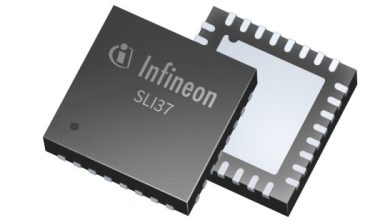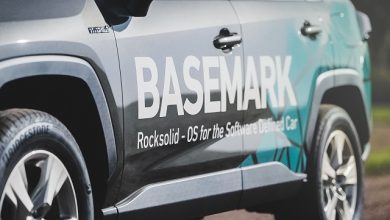VicOne & BlackBerry join forces for automotive cybersecurity
DALLAS & TOKYO — VicOne announced a partnership with BlackBerry Limited (NYSE: BB; TSX: BB) to strengthen the cybersecurity posture of the automotive ecosystem. By leveraging machine-learning (ML) processing at the edge and cloud-controlled access to vehicle data, the partnership aims to enable car manufacturers and software developers. The goal is to investigate and distinguish costly cyberattacks from other non-malicious events. This process will be streamlined, requiring fewer steps for effective identification and response.
The combined BlackBerry IVY® and VicOne solution provides accurate detection of cyberthreats through real-time analysis of on-board data. VicOne’s xCarbon Sensor for IVY™ offloads cloud computing and data traffic costs by computing locally. It monitors software-defined vehicles (SDVs) for malicious activity or violations. This enables the vehicle security operations center (VSOC) to focus on a real cyber intrusion instead of false positive alerts. VicOne’s xNexus is an XDR platform for automotive systems. The xCarbon Sensor for IVY visualizes attack paths across layers and electronic control units (ECUs), accurately and in real time.
The joint BlackBerry IVY and VicOne xCarbon Sensor for IVY solution is particularly relevant to the automotive ecosystem today. This is because SDVs heavily rely on software components from an increasingly diverse ecosystem of suppliers that generate huge amounts of data. Unlike traditional ML-based solutions that only detect and report “anomaly of vehicle,” xCarbon Sensor for IVY does not give sufficient information for reaction and response. It correlates vehicle signal data with additional ECU system telemetry data and relevant security events. Moreover, this correlation allows it to provide early, precise, and actionable detection for next-generation VSOC.
The security insights produced by VicOne’s xCarbon Sensor for IVY and xNexus are beneficial to companies in related industries. These industries include car rental, logistics, and insurance companies. For example, the capabilities of the two companies’ solutions could be leveraged in a fleet management system. The combined solution would identify whether abnormal signals or situations are the result of cyberattacks or other issues. It would then react accordingly and appropriately, more quickly and accurately than previously possible. This could prevent substantial financial losses for fleet operators arising from direct or indirect costs, through to unnecessary vehicle repairs, increased maintenance costs, or valuable contracts lost from damaged reputation due to attacked fleets.
“Our combined capabilities enable the automotive ecosystem to more fully realize the world of opportunities. Additionally, they help better manage the potential risks unlocked by SDVs,” said Vito Giallorenzo, SVP General Manager, BlackBerry IVY. “We share a common vision with VicOne of helping automakers deliver peace of mind to their customers. Our collaboration with VicOne is a clear signal to the automotive ecosystem. They have long-term partners that they can rely on throughout the evolution of the world’s vehicles.”
Added Max Cheng, Chief Executive Officer of VicOne, “We are very excited to be partnering with BlackBerry. We’re using actionable and timely insights together. This also enables the entire automotive ecosystem to stay ahead of cyberattacks that can have a devastating impact on revenue streams. As a pioneer at the forefront of detecting cyberthreats to connected cars, we’re helping the industry save time and reduce costs in delivering safer and more secure SDVs.”
Learn more at CES 2024 about how BlackBerry and VicOne are working together to strengthen the cybersecurity of the automotive ecosystem. Visit the BlackBerry booth (LVCC West #4224) in Las Vegas, from January 9 to 12, 2024.
News related to VicOne –


